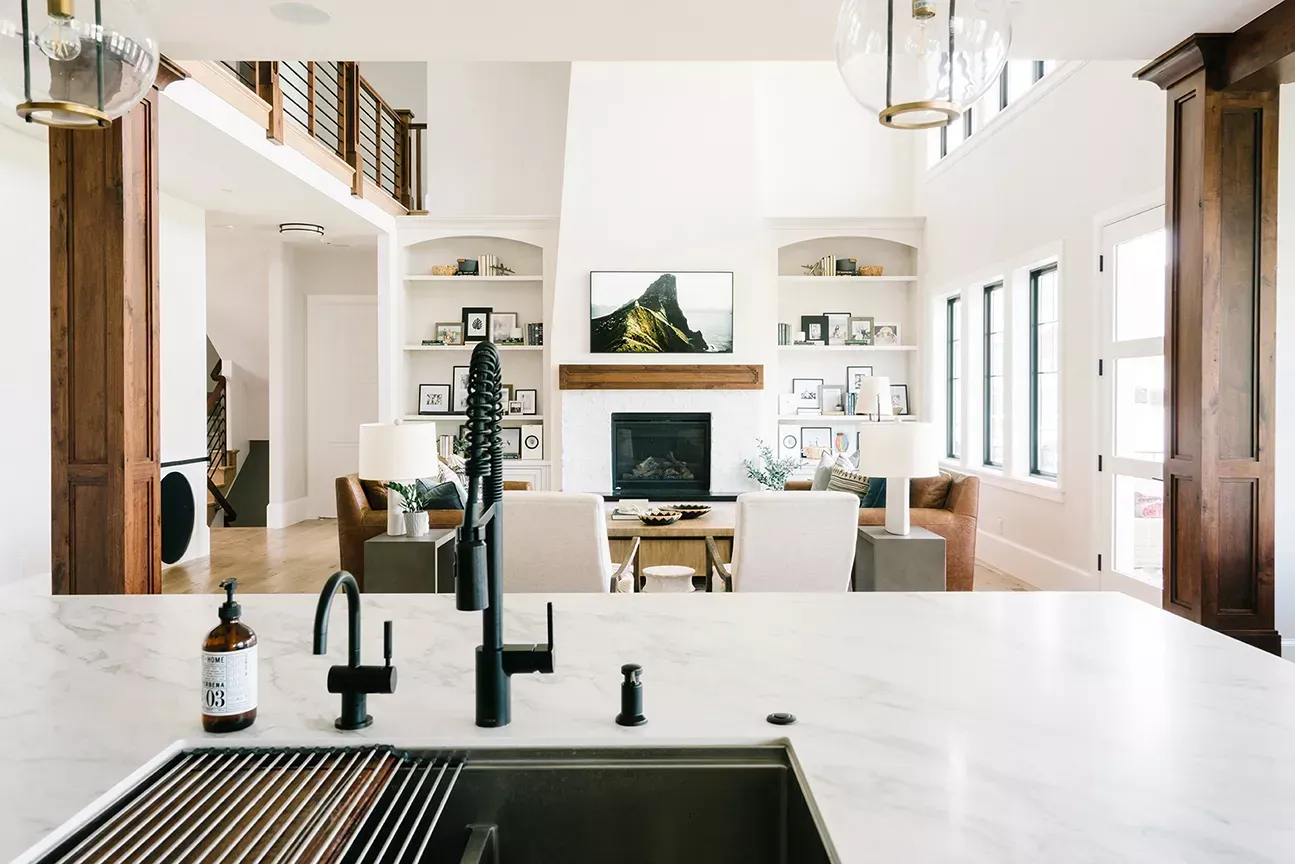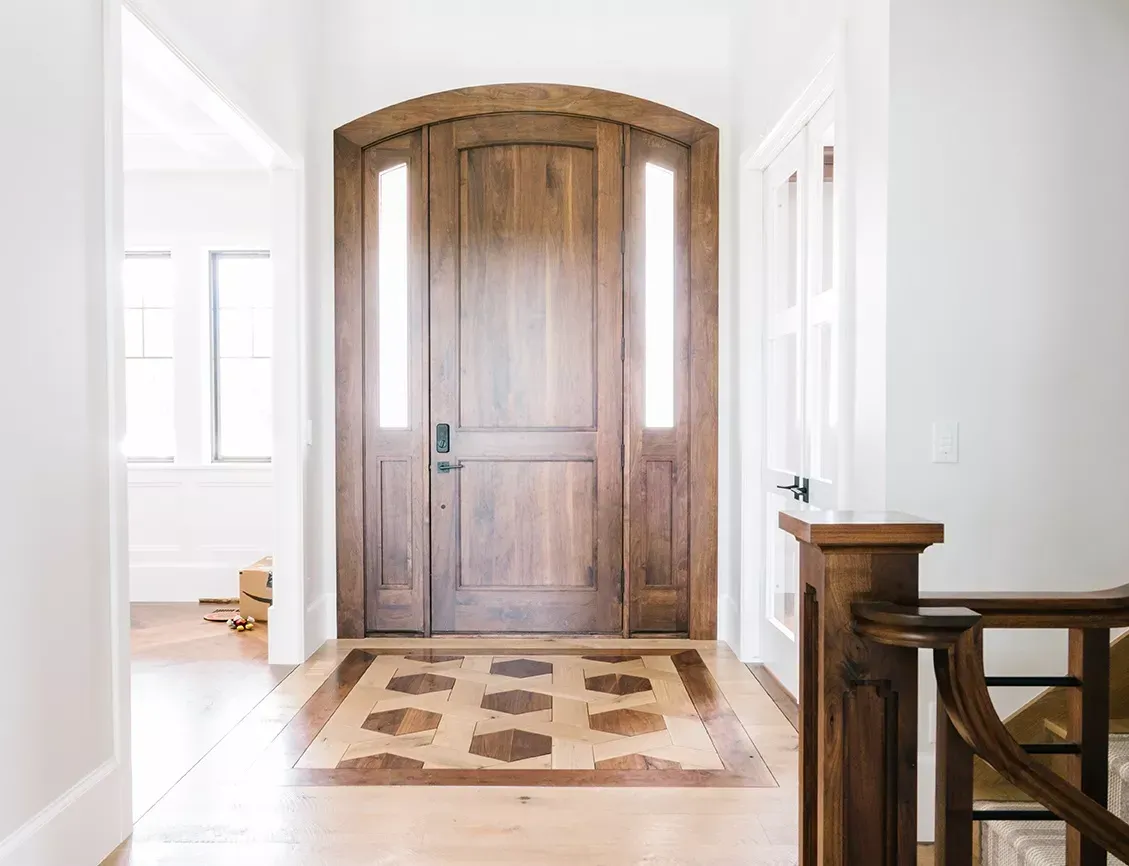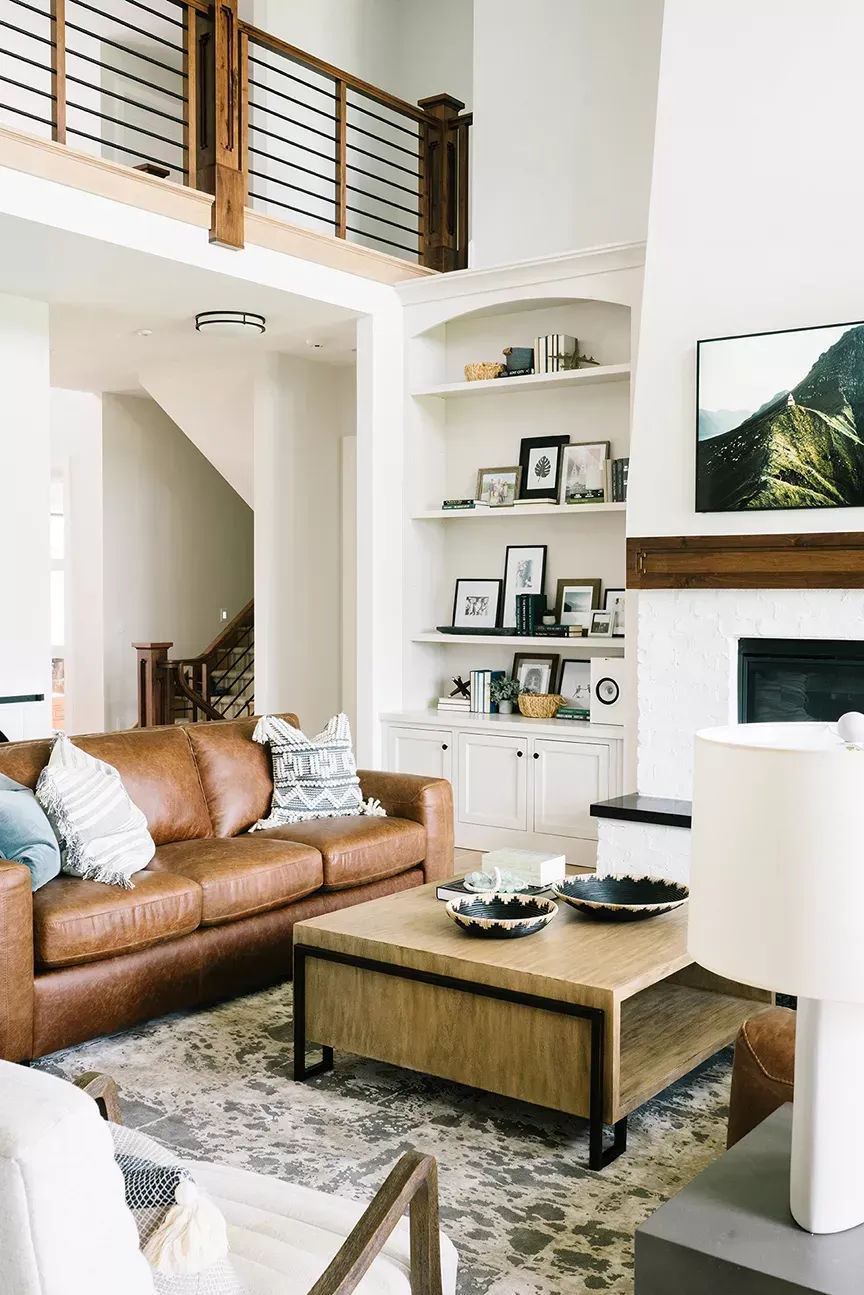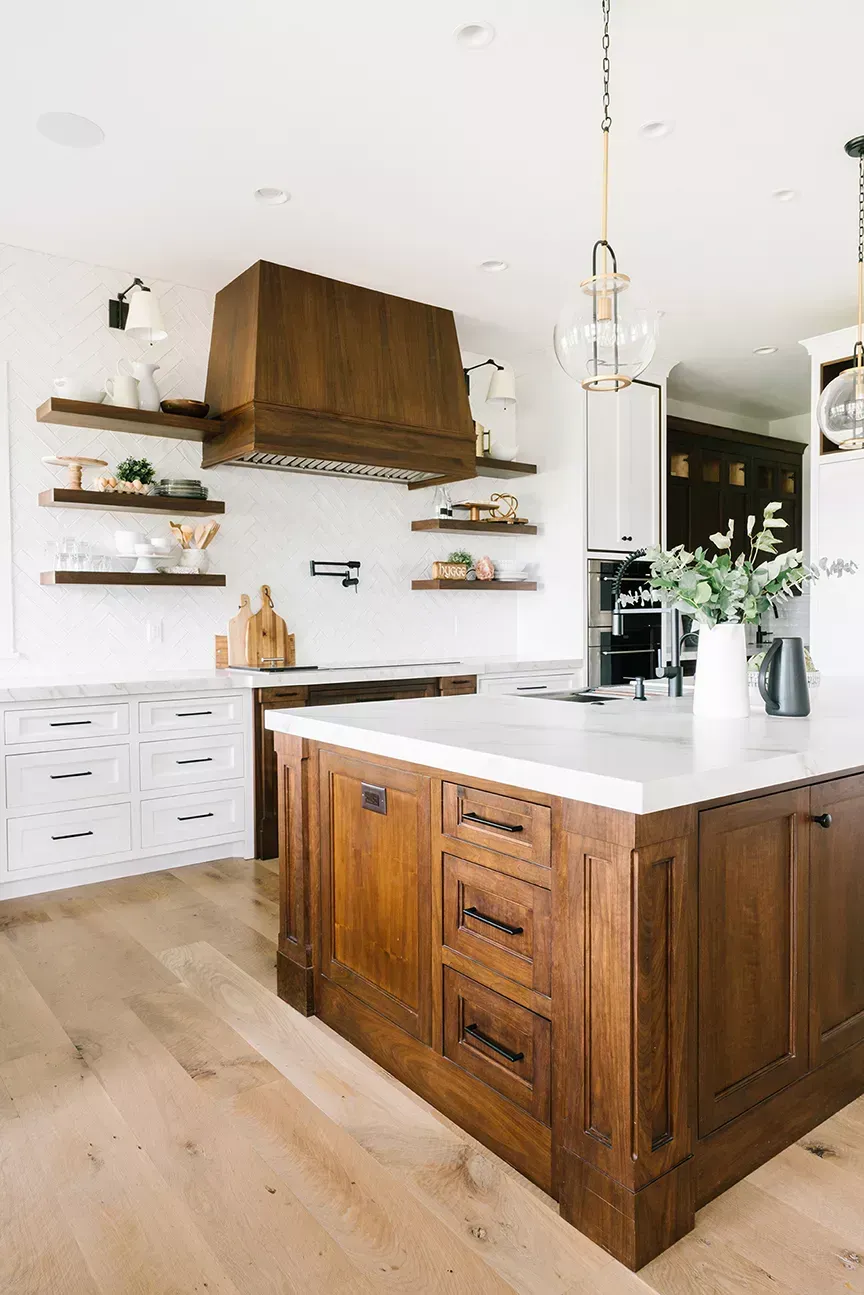Building Your Dream: Essential Considerations for New Home Construction
Embarking on building a new home is an exciting yet complex endeavor. It requires careful planning, thoughtful design, and a clear understanding of your needs and preferences. Every decision shapes your dream home's outcome, from selecting the right location to choosing materials and finishes. This article outlines essential considerations for new home construction, helping you navigate the process smoothly and effectively.
1. Defining Your Vision
Understanding Your Needs
Before you start designing your new home, take time to define what you want and need. Consider your lifestyle, family size, and plans. Ask yourself:
- How many bedrooms and bathrooms do you need?
- Do you require a dedicated office space or a guest room?
- What are your must-have features (e.g., a large kitchen, outdoor space, or energy-efficient systems)?
Creating a list of priorities will help guide your decisions throughout construction.
2. Choosing the Right Location
Site Selection
The location of your new home significantly impacts your quality of life and property value. Consider factors such as:
- Proximity to work, schools, and amenities
- Neighborhood safety and community features
- Access to public transportation
- Future development plans for the area
Spend time researching different neighborhoods to find one that aligns with your lifestyle preferences.
Lot Size and Orientation
The size and orientation of your lot can influence the design of your home. Think about:
- Space for outdoor living areas like patios or gardens
- Privacy from neighbors
- Natural light exposure—south-facing lots typically receive more sunlight
Selecting the right lot can enhance your new home's functionality and enjoyment.

3. Designing Your Home
Floor Plan Flexibility
A well-thought-out floor plan is essential for maximizing space and ensuring comfort. Consider designs that allow for flexibility as your needs change over time. Open-concept layouts are famous for creating spaciousness and flow between rooms, making it easy to entertain guests or keep an eye on children while cooking.
Incorporating Sustainable Features
Sustainability is increasingly important in new home construction. Incorporate energy-efficient features such as:
- Solar panels
- Energy-efficient windows and doors
- High-quality insulation
- Smart home technology for energy management
These features reduce your environmental footprint and can significantly save utility bills over time.
Choosing Materials Wisely
Selecting durable, high-quality materials is vital for ensuring the longevity of your home. Consider:
- Flooring options (hardwood, tile, or laminate)
- Countertops (granite, quartz, or recycled materials)
- Exterior finishes (vinyl siding, brick, or stucco)
Investing in quality materials can enhance both aesthetics and functionality while minimizing maintenance costs in the long run.
4. Planning for Comfort and Convenience
Smart Home Technology
Integrating smart technology into your new build can enhance convenience and security. Consider features like:
- Smart thermostats that learn your schedule
- Automated lighting systems that adjust based on occupancy
- Security systems with remote monitoring capabilities
These technologies improve daily living and add value to your home.
Storage Solutions
Ample storage is essential in any home design. Incorporate innovative storage solutions such as:
- Built-in shelving units
- Under-stair storage compartments
- Custom closets with organizers
Maximizing storage will help keep your home organized and clutter-free.
5. Working with Professionals
Choosing the Right Builder
Selecting a reputable builder is one of the most critical decisions in the construction process. Look for builders who:
- Have experience with projects similar to yours
- Provide references from past clients
- Offer transparent pricing and timelines
A good builder will communicate effectively throughout the project, ensuring your vision is realized.
Engaging Architects and Designers
Consider hiring an architect or designer to help bring your vision to life. They can provide valuable insights on layout optimization, material selection, and aesthetic appeal while ensuring that all design aspects comply with local regulations.
6. Preparing for Construction
Setting a Timeline
Establishing a realistic timeline for construction is essential for managing expectations. Work with your builder to create a detailed schedule that outlines each phase of construction—from breaking ground to final inspections.
Communication is Key
Maintain open lines of communication with all parties involved in the project—builders, architects, contractors—to promptly address any concerns or changes. Regular check-ins can help ensure that everything stays on track.
The Importance of Hiring Professionals
Building a new home is an intricate process that requires careful planning, execution, and attention to detail. While it may be tempting to tackle aspects of the project independently, hiring professionals brings numerous benefits:
Expertise
Professionals have extensive knowledge about construction practices, local regulations, and design trends that can enhance your project.
Quality Assurance
Experienced builders ensure high-quality workmanship throughout every phase of construction.
Time Management
Professionals efficiently manage timelines and schedules, minimizing delays while keeping projects on track.
Problem-Solving
Issues may arise during construction; having experienced professionals on hand allows for quick resolutions without compromising quality.
Peace of Mind
Knowing that experts handle every aspect of your build provides peace of mind throughout a stressful process.
Building your dream home involves numerous considerations—from defining your vision to navigating regulations and working with professionals. By taking these essential steps seriously and engaging experts along the way, you can create a beautiful space tailored to meet your needs while ensuring a smooth construction experience from start to finish.












